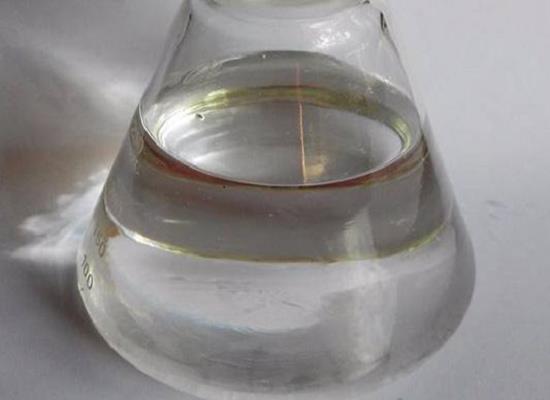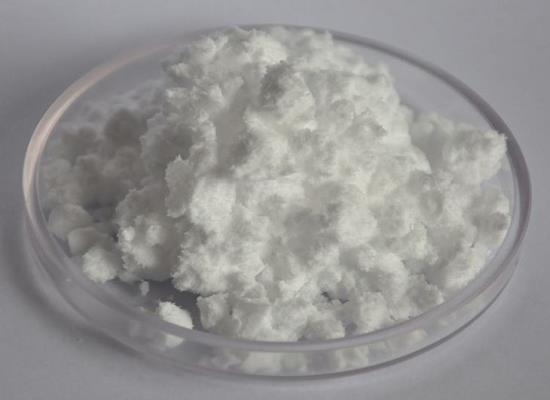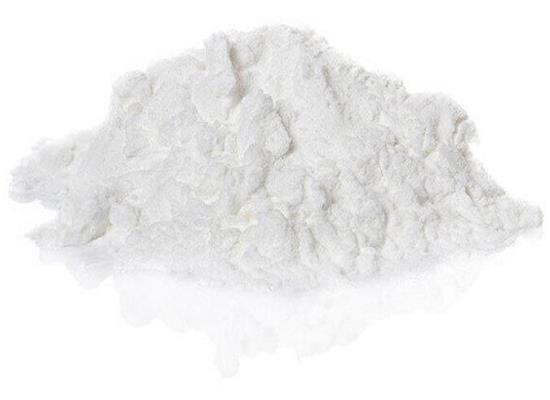Active Pharmaceutical Ingredients (API), popularly speaking, are the raw materials of medicines, only pharmaceutical raw materials are processed into pharmaceutical preparations , can they become medicines available for clinical use, so drugs we usually eat are the finished drugs through processing. Active Pharmaceutical Ingredients based on its sources can be divided into two major categories ,including chemical synthetic drugs and natural chemical drugs. Chemical synthetic drugs can be divided into organic synthetic drugs and inorganic synthetic drugs. Inorganic synthetic drugs are inorganic compounds ( very few is element), such as aluminum hydroxide, magnesium trisilicate which are used for the treatment of gastric and duodenal ulcers ; organic synthetic drugs are mainly composed of drugs made by basic organic chemical raw materials, through a series of organic chemical reactions (such as aspirin, chloramphenicol, caffeine, etc.). Natural chemical drugs ,based on its sources,can be divided into two categories including biochemical drugs and plant chemical drugs. Antibiotics are generally made by the microbial fermentation, which belongs to the biochemistry category. A variety of semi-synthetic antibiotics occurs in recent years,which are biosynthesis and chemical synthesis combining products.Among active Pharmaceutical Ingredients, the organic synthetic drugs varieties, yields and values have the largest proportion,which are the main pillars of the chemical and pharmaceutical industries. The quality of active Pharmaceutical Ingredients decides whether the formulation is good or bad , so its quality standards are very strict ,countries in the world have developed national pharmacopoeia standards and strict quality control methods for its widely used active Pharmaceutical ingredients.
Perfluorotributylamine: Overview, Potential in Tumor Treatment and Toxicity
Perfluorotributylamine, valued for stability in electronics and tumor treatment, poses environmental and health risks requiring regulatory control and alternative exploration.
Nov 13,2024 API2-Hydroxyethanesulphonic acid: Overview, Versatile Applications and Detection Method
2-Hydroxyethanesulphonic acid's versatile applications electrochemistry, chemical synthesis, and biological detection. It can be reliably detected using gas-liquid chromatography.
Nov 12,2024 API1,2,4-Triazole: Overview, Antioxidant Activities and Toxicity
1,2,4-Triazole offers diverse pharmacological benefits, including antioxidant properties, but warrants caution due to toxicity concerns, notably as an eye irritant and reproductive toxin.
Nov 12,2024 APIPerampanel: A Promising AMPA Receptor Antagonist for Epilepsy Treatment
Perampanel is used alone or together with other medicines to treat certain types of epilepsy, such as partial onset seizures and generalized tonic-clonic seizures.
Nov 12,2024 APIEstradiol Valerate: Pharmacodynamic Effects, Pharmacokinetics and Dosage and Administration
Estradiol valerate (EV), sold for use by mouth under the brand name Progynova , is an estrogen medication.
Nov 12,2024 APIBtk Kinase Inhibitor: Pharmacodynamics, Pharmacokinetics and Adverse Events
Btk Kinase Inhibitor, a potent and selective Bruton's tyrosine kinase (BTK) inhibitor, exerts its pharmacodynamics through irreversible covalent binding to BTK Cys-481.
Nov 12,2024 APIDisodium Phosphate: A Comprehensive Overview
Disodium phosphate is a widely used derivative product of phosphoric acid. Disodium phosphate is used directly in water treatment for corrosion control or blended with polyphosphates for corrosion con
Nov 11,2024 API3-Butenenitrile: Occurrence, Metabolism and Health Effects
3-Butenenitrile plays a key role in industry and surgery, with potential health impacts. Subtoxic exposure may enhance enzyme activities, offering protective effects.
Nov 11,2024 APINicotinic Acid: Mechanism of Action, Effect on Lipid Profile and Cardiovascular Risk
Nicotinic acid improves lipid profiles via GPR109A activation, apoB degradation, and CETP activity modulation, yet its efficacy combined with statins warrants further investigation.
Nov 11,2024 APIWhy is febuxostat better than allopurinol?
The cardiovascular safety of febuxostat compared to allopurinol for treating gout remains equivocal. Febuxostat had a better safety outcome compared with allopurinol.
Nov 11,2024 API












